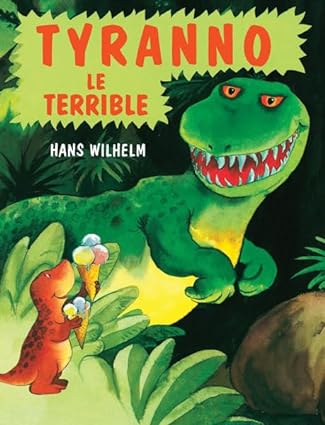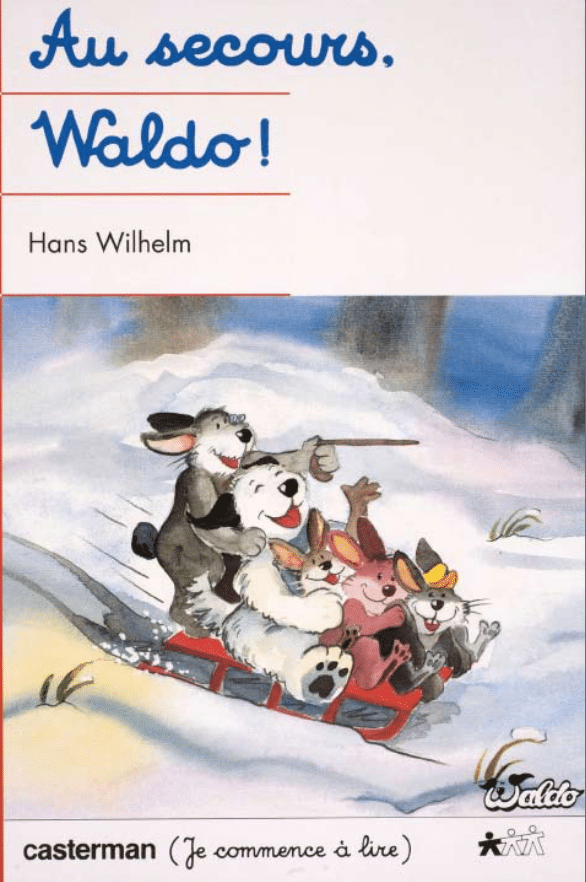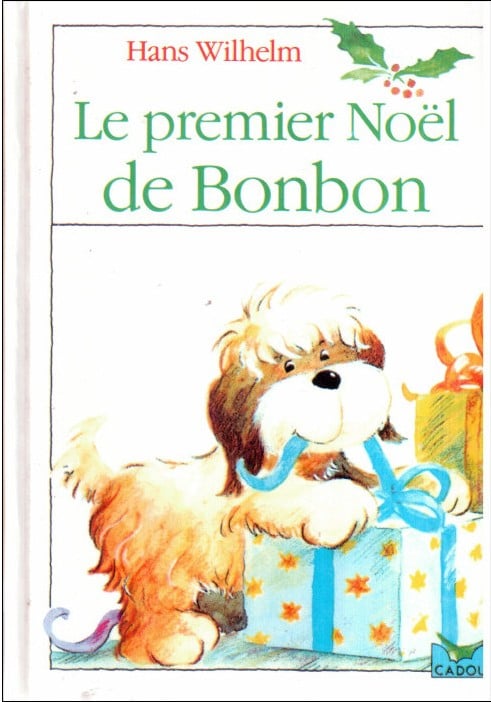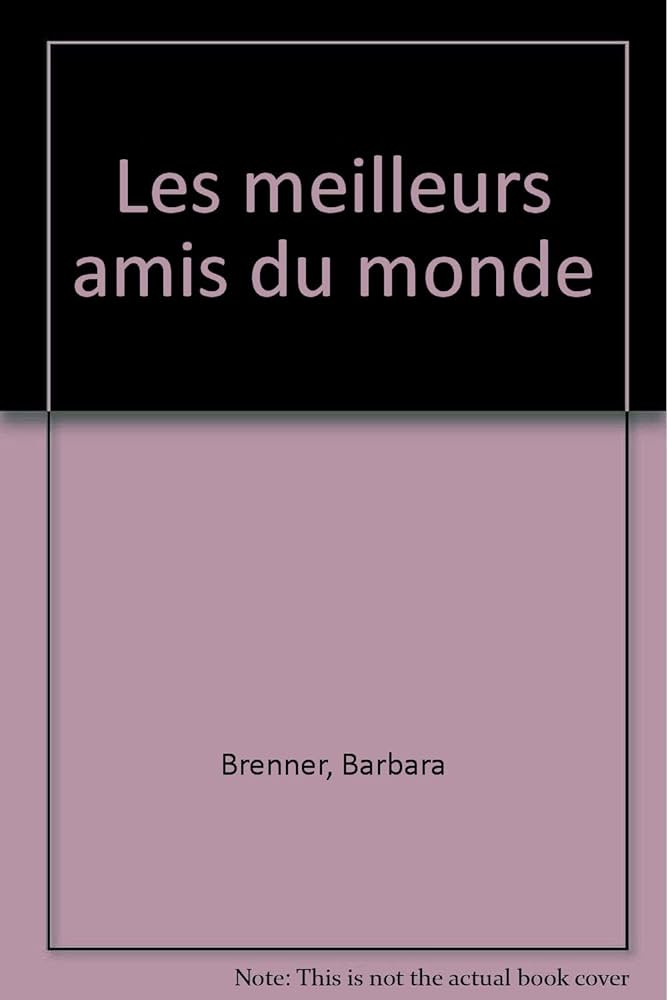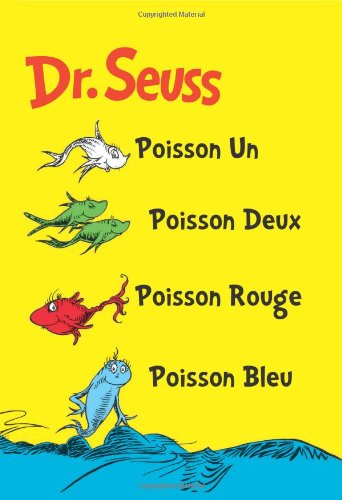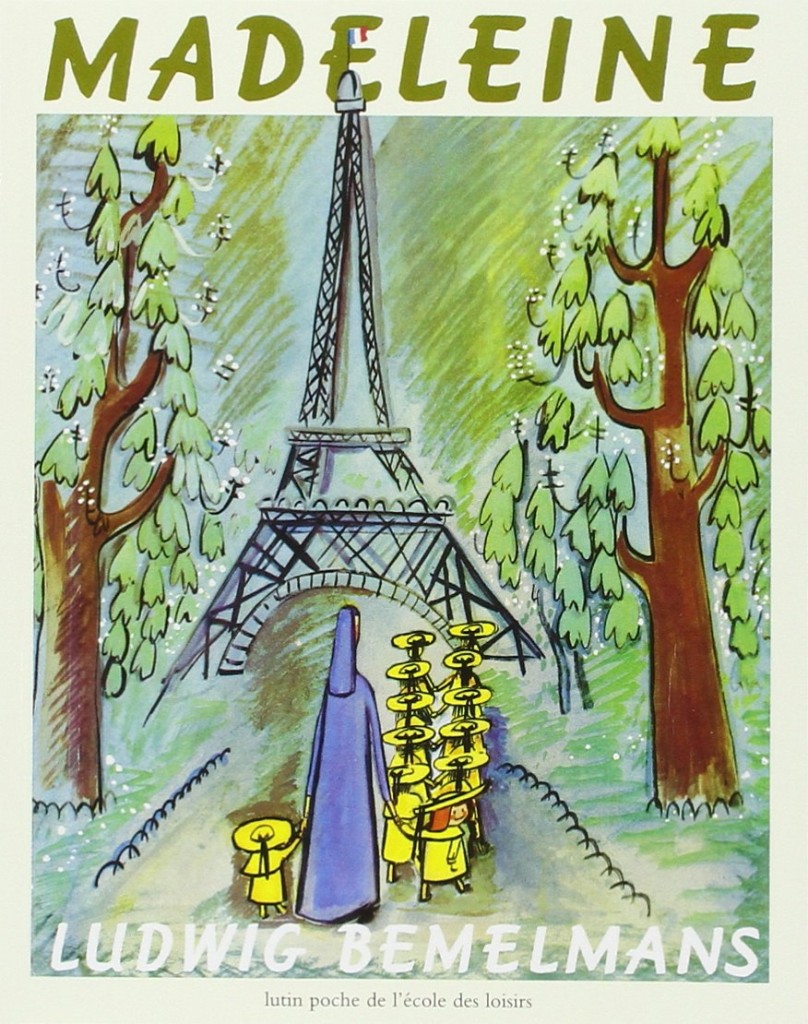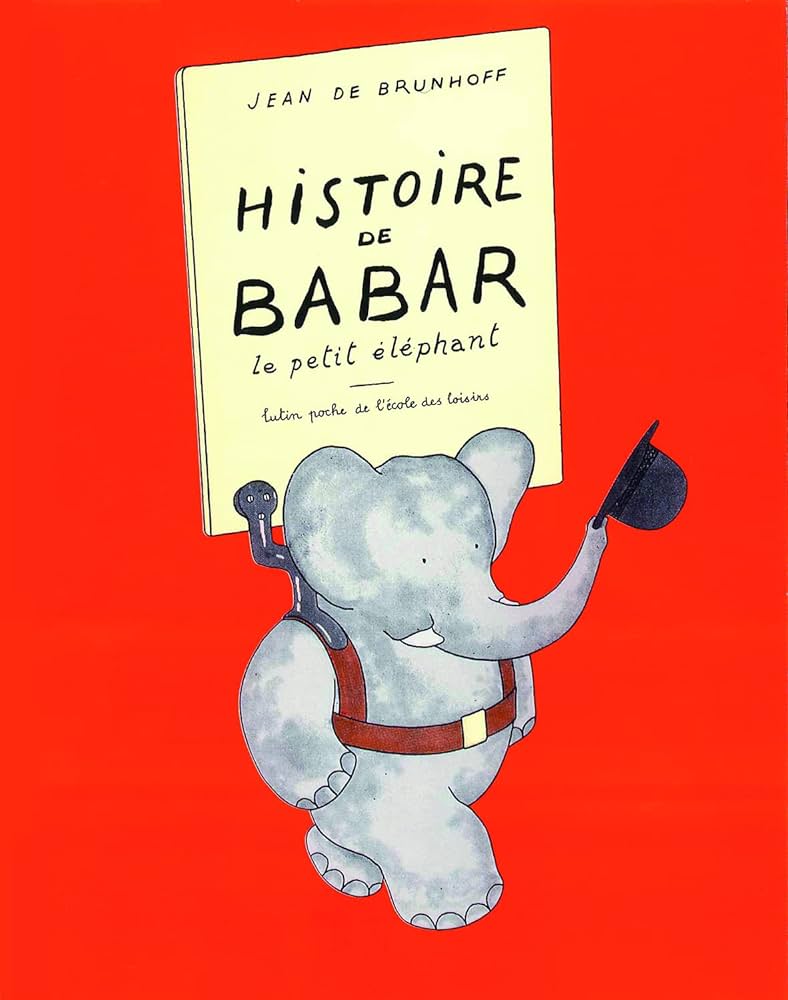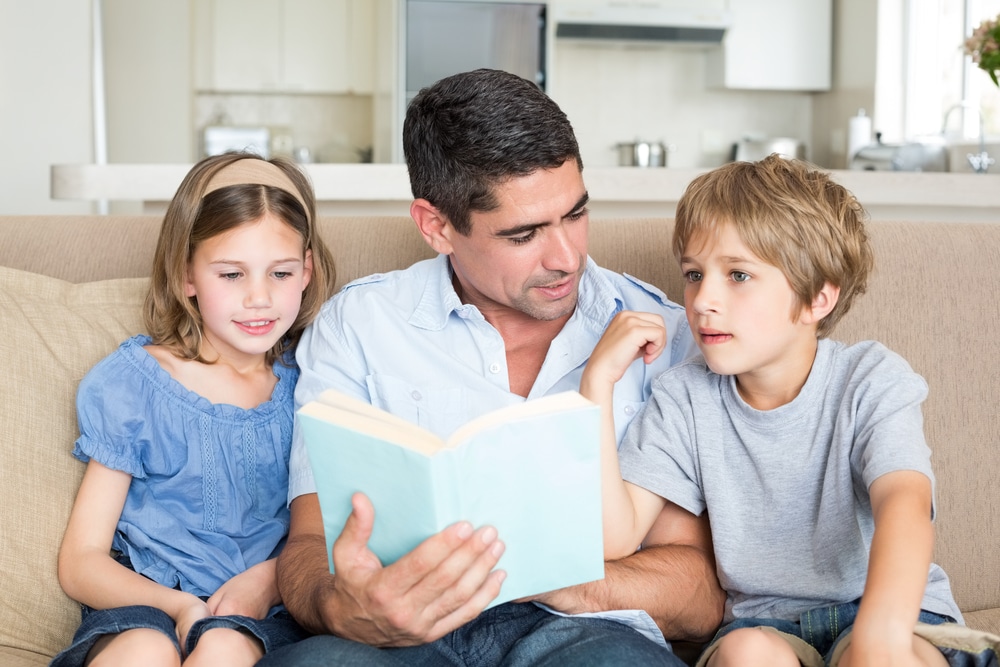
10 Timeless French Short Stories for Kids
French short stories for kids are a great way to slowly ease into reading, since they use more digestible grammar concepts and vocabulary.
Here are 10 excellent children’s stories to get you started on your French reading journey, slowly but surely.
Contents
- 10 Beloved French Short Stories for Kids and Learners
- Benefits of Reading French Short Stories
- And one more thing...
Download: This blog post is available as a convenient and portable PDF that you can take anywhere. Click here to get a copy. (Download)
10 Beloved French Short Stories for Kids and Learners
1. “Tyranno le terrible”
Tyranno the dinosaur is a big creature with a big attitude problem. His teeth and towering body have made him believe that he’s better than the other creatures and, pretty soon, he becomes a bit of a bully.
Igor, however, is small and kind and does everything that he can to make Tyranno into a better dinosaur. “Tyranno le terrible” is a great beginner’s story that follows a moral tale of right and wrong, aiming to teach children about the perils of bullying in the playground.
Whilst it uses a lot of the simple present tense to describe the characters and the actions, “Tyranno le terrible” is also a great way to practice the simple past and the reflexive verbs, as it uses a lot of both when describing how the dinosaurs feel about one another. If you’re a beginner, it’s also worth being aware that the book, as with most children’s stories, uses tu in place of vous. While this is common for children, make sure you’re aware of the verb endings used with vous, so that you don’t find yourself in a sticky spot with a stranger!
2. “Restons bons copains !”
If you have a brother or sister, “Restons bons copains !” may resonate a little too deeply of your childhood. The story follows a battle between a brother and sister, after the little girl releases her brother’s beloved turtle into the sea. Naturally, he becomes enraged towards his sister but following a brief period of time, the two learn to become friends again and continue onto their next adventure. Written by the same author as “Tyranno le terrible,” Hans Wilhelm, “Restons bons copains !” is similarly good for beginners who are looking to practice their reading skills.
Written in the first person from the perspective of the little boy, the story is particularly good for practicing verb endings for the first person pronoun. As it talks a lot about how the boy feels following his sister’s actions, it also uses reflexive verbs and is a great way in which to learn new adjectives (particularly those about being angry!)
3. “Sale menteur !”
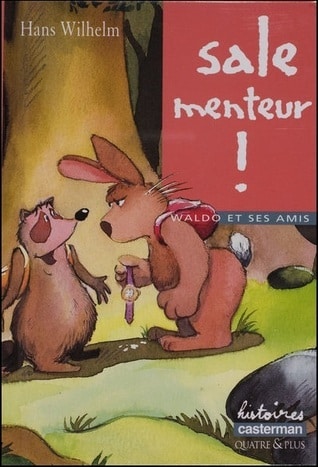
Due to the themes in the book, the story goes through the different emotional states that its protagonists feel. Using multiple adjectives, the story is a great way through which to learn and pick up expressions about different moods and states of mind. In its ending, the story also features the main characters imagining what lying monsters might look like, which is another useful section in which to practice your understanding of simplistic adjectives and descriptive phrases.
4. “Au secours, Waldo !”
Using animals as a means to make commentary on the human population, “Au secours, Waldo !” looks at the importance of respecting older people in society and the things we can learn from them.
This time, three rude rabbits make fun of an elderly Grandfather figure before skating off over a frozen lake. Soon, however, they fall through a crack in the ice and Grandfather Lampe is the only person around who can help them. Of a similar level to the other books, this short children’s story is perfect for beginners looking to brush up on their reading skills.
“Au secours, Waldo !” tells its story in the third person, so it’s a useful way to practice and become used to the often tricky third person plural endings. A good exercise might involve reading passages of the book out loud, making sure to pronounce verb endings according to spoken rules, not to how they’re written on the page.
Using ils and elles requires adding an extra ent to the verb stem, which isn’t pronounced when spoken—a rule which is very easy to forget!
5. “Le premier Noël de Bonbon”
As its title might suggest, “Le premier Noël de Bonbon” tells the story of a young dog’s first Christmas and his early understanding of the festival. After being told by a self-satisfied cat that he must ask for a present before midnight, Bonbon begins to make his way through the household objects he likes to play with, wondering what to ask for. As a result, the story is a great way to practice your understanding of household items and elements that you might find within the home.
The story is a little longer than others on the list, but it’s nonetheless very easy to follow! As it follows a narrative pattern, it’s easy to comprehend where the story will take you, even if there are vocabulary points which you haven’t seen before. The plot is a particularly good introduction to the festival of Christmas in France, too, and the specific vocabulary used at that time of year.
6. “Les meilleurs amis du monde”
A little like the town mouse and country mouse stories that we used to read as children, Les meilleurs amis du monde tells the story of a wild duck and a domestic duck and the friendship that develops between the pair. Nestor and Victor are both ducks from different backgrounds who are nonetheless best friends. When winter comes, however, Victor has to fly to the South, leaving Nestor at the farm in the North.
The story is filled with the simple past and great vocabulary points, so there’s a lot to be learned from the content. Dialogue, however, is written in the present and future tenses, making the whole book a particularly great exercise in jumping from one tense to another. It might sound like a lot of work but there’s really nothing to fear! The simplistic content means that the verbs that are used are largely simplistic and easy to understand. Complex tenses are avoided, so it’s a great way to boost your confidence.
7. “Poisson Un, Poisson Deux, Poisson Bleu, Poisson Rouge”
While originally released in the English language, Dr. Seuss’s “Poisson Un, Poisson Deux, Poisson Bleu, Poisson Rouge” is a hugely popular French read and, as a result, is widely available.
Unlike other books in this series, this Dr. Seuss release consists of a series of shorter French stories, so it’s a great book to dip in and out of. Combining a number of the classic Dr. Seuss tales, such as winking Yink, seven-humped Wump and little Ned and his bed, “Poisson Un, Poisson Deux, Poisson Bleu, Poisson Rouge” is a surprisingly funny read and consistently easy to follow.
This book in particular is perfect for translation exercises and, especially if you already have the original English version, can be a great way into French reading and comprehension.
Dr. Seuss’ trademark rhyming and lilting tone is captured sublimely in the French language, altered so as to work in the foreign language. While it might not seem like the most obvious starting point, “Poisson Un, Poisson Deux, Poisson Bleu, Poisson Rouge” is also a useful and fun introduction to world of French poetry and ways in which to rhyme simple words.
8. “Madeline”
Turned into a hugely successful English language book, television series and film, “Madeline” unsurprisingly made its debut in the French language. Set in a Parisian girl’s Catholic school, the stories originally focused on Madeline, the smallest of the girls and the most accident-prone. On her wanderings around the city and the school rooms, Madeline consistently finds herself in trouble and if something isn’t right in the world, it’s normally Madeline’s doing. Of course, Madeline is also the bravest of the girls, so if you like adventure, you might want to take a look at her world.
A little longer than some of the other stories, “Madeline” is best approached by those who are already more comfortable with reading. By no means advanced or complicated, the book is aimed towards slightly older children and therefore might contain language points beginners have not yet covered. “Madeline” does rhyme throughout the story, so that makes for an extra fun read. However, it’s important to be aware that, in some cases, the rhyming requires word order to be shifted around—so if something looks a little strange grammatically, it’s probably due to the poem-like structure.
9. “Les Deux Gredins”
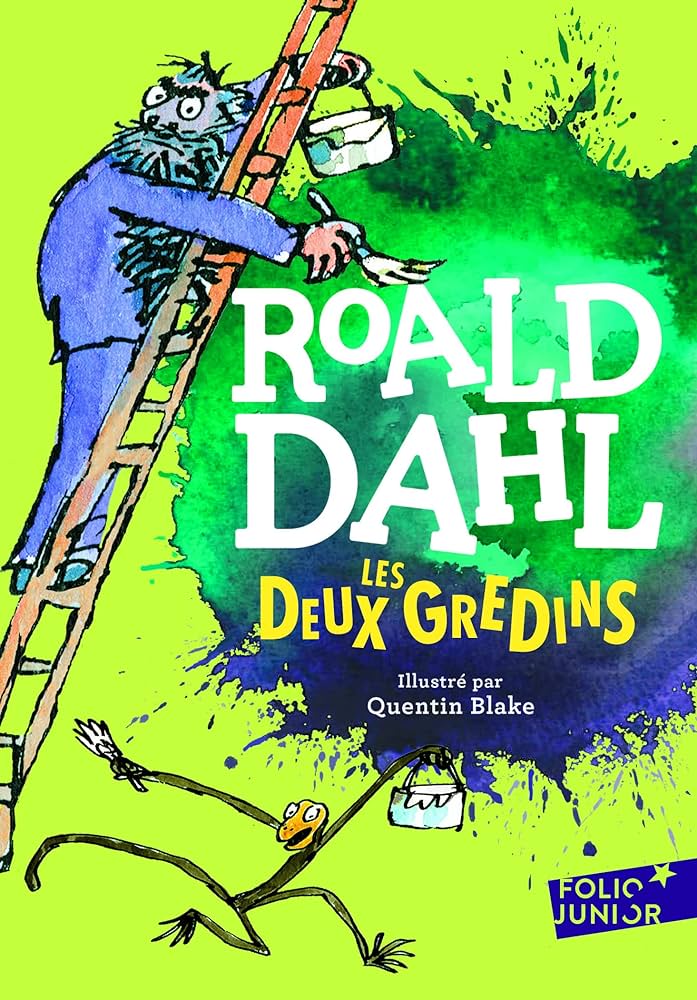
As with “Madeline,” “Les Deux Gredins” is a children’s book that’s more appropriate for beginners who have been reading for a little longer than others and already feel more comfortable with translation and comprehension. By no means complex, the slightly longer length works a little better for regular French readers.
Translated from Roald Dahl’s original book, the story is packed with interesting adjectives and unusual phrases, used in order to describe the characters in as grotesque a manner as possible. Les Deux Gredins is the perfect story through which to stock up on your interesting vocabulary points.
10. “Histoire de Babar”
Whilst you might already be familiar with Babar the elephant, the stories were originally published in French, later appearing in foreign markets in many translations. Following the elephant as a youth, “Histoire de Babar” starts off in the jungle, after Babar escapes the clutches of a hunter and makes his way to a nearby city. Some time later, he returns to the jungle and introduces civilization to the wild animals and is appointed King due to his knowledge of the outside world.
The stories surrounding Babar are filled with moralistic tales and important lessons for children to learn. From the jungle to the city, the stories contain many diverse language points including items of clothing, practices in civilized society and animals in the wild. If the subject points feel a little too varied for one sitting, it might be a good idea to dip in and out of the story, focusing on one narrative development at a time, until you feel comfortable with the subject matter.
FluentU takes authentic videos—like music videos, movie trailers, news and inspiring talks—and turns them into personalized language learning lessons.
You can try FluentU for free for 2 weeks. Check out the website or download the iOS app or Android app.
P.S. Click here to take advantage of our current sale! (Expires at the end of this month.)
Benefits of Reading French Short Stories
They’re easy to follow
Since they’ve been written with children in mind, these short stories follow a single narrative plot, played out in a relatively short span of time. Rather than interweaving multiple character developments, children’s short stories run with the mentality that the simpler something can be, the better.
They’re quick to finish
The clue’s in the name with this one and if you’re wondering whether or not you have the time to finish a short story, the answer is probably yes. Even though they might be in a foreign language, short stories for children use simplistic language within a specific number of pages. Short stories also make perfect commuter material so if you find yourself traveling a lot, try picking up a book before you go.
There’s a lesson to be learned
As with the stories from your childhood, children’s short stories are usually packed with great morals and final lessons to be taken away. More often than not, they’re focused around French family life and culture, so if you want an insight into the morals and beliefs of French society, they’re a great way in.
They’re often part of a series
When children like something, they get really invested in it and, as a result, most individual short stories exist as parts of a much larger series. If there’s a particular character that you like, or a narrative arc that you want to follow, it can be easier to see it through to the end, without the pressure of finishing a huge novel.
As you can see, children’s books are a huge and varied resource to tap into when learning French.
Download: This blog post is available as a convenient and portable PDF that you can take anywhere. Click here to get a copy. (Download)
And one more thing...
If you like learning French on your own time and from the comfort of your smart device, then I'd be remiss to not tell you about FluentU.
FluentU has a wide variety of great content, like interviews, documentary excerpts and web series, as you can see here:

FluentU brings native French videos with reach. With interactive captions, you can tap on any word to see an image, definition and useful examples.

For example, if you tap on the word "crois," you'll see this:

Practice and reinforce all the vocabulary you've learned in a given video with learn mode. Swipe left or right to see more examples for the word you’re learning, and play the mini-games found in our dynamic flashcards, like "fill in the blank."

All throughout, FluentU tracks the vocabulary that you’re learning and uses this information to give you a totally personalized experience. It gives you extra practice with difficult words—and reminds you when it’s time to review what you’ve learned.
Start using the FluentU website on your computer or tablet or, better yet, download the FluentU app from the iTunes or Google Play store. Click here to take advantage of our current sale! (Expires at the end of this month.)
